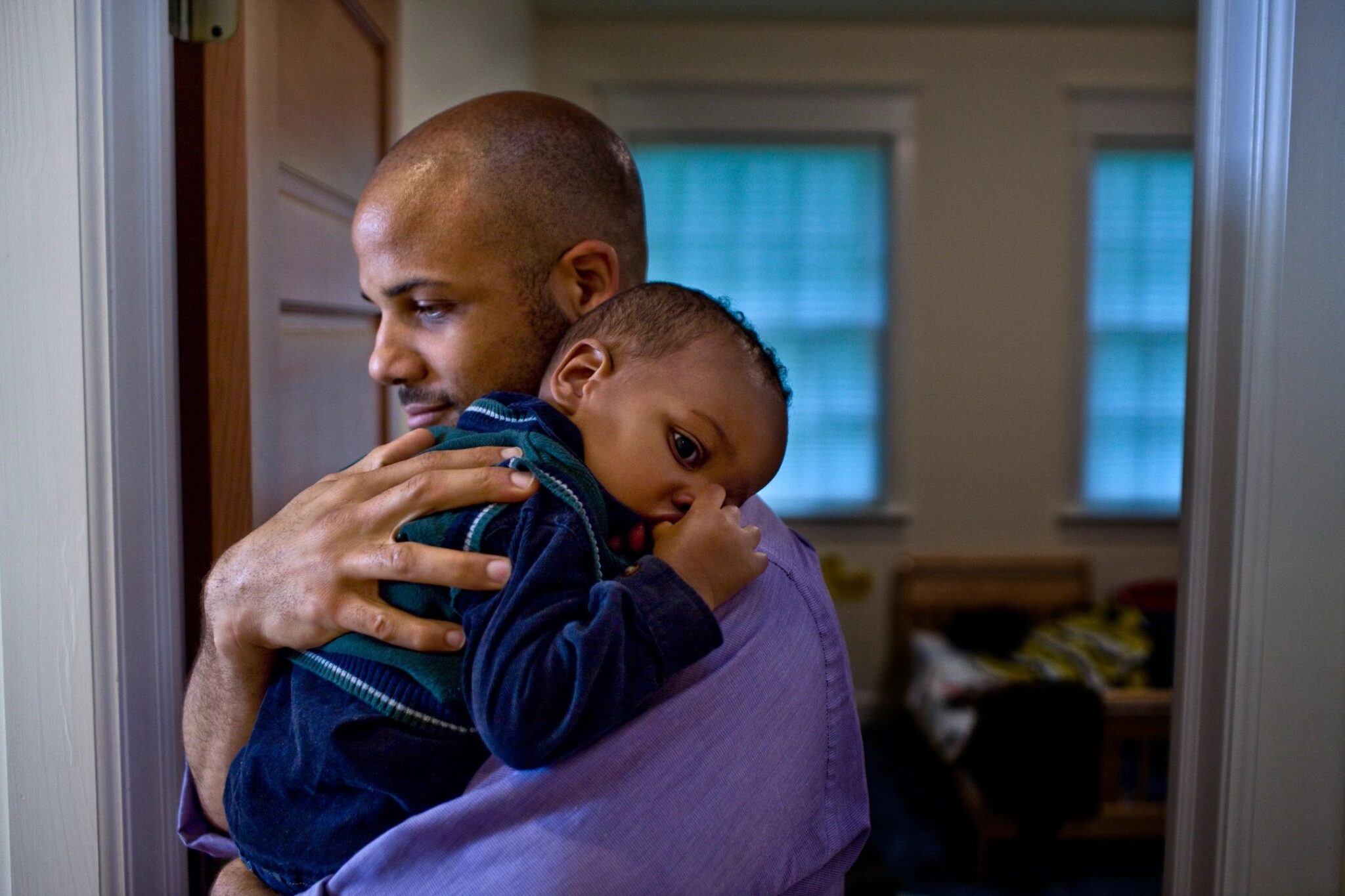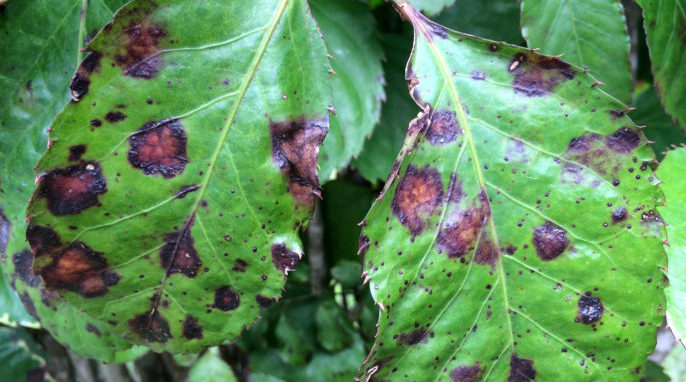The Dayak fruit bat is the only known male mammal that produces milk. Since two parents producing milk are better than one, why can’t males produce milk to breastfeed?
By Helen Petre
What is the evolutionary advantage of only having one parent provide nutrition for their offspring and why is this parent the mother? The Malaysian Dayak fruit bat is the only known male mammal who can nurse his young. Offspring would undoubtedly benefit from having two sources of nutrition, so why didn’t breastfeeding evolve in both males and females?
A group of mathematicians at the University of York became interested in this question and developed a model, published in Nature Communications, that supports the hypothesis that males don’t breastfeed because that could introduce new and different microbes that may harm the offspring. The mom has already established a microbial relationship with her offspring during pregnancy, therefore the newborn already has been exposed to the mom’s microbes.
What is in breast milk?
Breast milk contains sugar, protein, and water, as well as microbes and antibodies that are produced by the mother. While the mother is pregnant, most of the microbes and antibodies she has are transferred to the baby through the placenta. When the baby is born, the milk the baby drinks does not contain new substances that could harm the baby. It isn’t that the father has bad microbes, they are just different from what the baby has been exposed to, so it seems an evolutionary advantage to maintain the same microbes the baby already knows, instead of introducing different ones.
The mother’s mitochondrial DNA is the same as the offspring’s mitochondrial DNA. When a baby is conceived, the mother provides the mitochondrial DNA as well as half the chromosomes, and the father only provides the other half of the chromosomes. Since every cell contains mitochondria, the baby has the mother’s mitochondria. If the father was able to breastfeed, any cells that were in the milk along with the proteins and sugars would contain the father’s mitochondrial DNA, which is different from the baby’s mitochondrial DNA. According to a lead researcher on the study, Dr. Brennen Fagan, “Breast milk is a living substance and it plays a key role in establishing the gut microbiome of mammals, which is a complex ecosystem of bacteria, viruses, and fungi, along with their genetic material.” Microbes and foreign DNA are not necessarily harmful, but introducing new substances always carries a risk.
RELATED: Proof of Evolution Is in Your DNA
Who really is the father?
There is always the risk that the father is not genetically the father. Not all species are monogamous, but even in species that are devoted to only one mate, there is always a chance that the father may not be the genetic father. Producing milk requires a lot of energy and time. The mother has a much higher investment in the baby, as she is the one who was pregnant. The mother and baby share risk and invest energy together during pregnancy. While the father may support the mother through hunting and gathering, or other tasks, he is not sharing microbes with the baby until birth.
RELATED: Childbirth Is Both Life-Changing and Brain-Changing
Mathematical model on breastfeeding
The researchers developed a mathematical model to determine the difference between the possibility of bad microbes getting to the baby with only the mother’s milk, or with both the mother’s and father’s milk. They did a lot of math, and showed that even though having two sources of milk seems like it is a good idea, it is actually not, because the baby is already used to the mother’s germs and DNA, and the chances of being exposed to bad, or different germs, from the father, through his breast milk, is more risky.
Why is this important?
While this paper does not comment on sociocultural beliefs or how to be a better parent, it provides a possible explanation for why breastfeeding has evolved only in females. In many species both males and females contribute to child care. This mathematical model provides a possible explanation for why breastfeeding has evolved only in one parent, and specifically only in the mother, who has shared genetics and microbes with the baby before birth.
This study was published in the peer-reviewed journal Nature Communications.
References
Fagan, B. T., Constable, G. W. A., & Law, R. (2024). Maternal transmission as a microbial symbiont sieve, and the absence of lactation in male mammals. Nature Communications, 15, 5341. https://doi.org/10.1038/s41467-024-49559-5
University of York. (2024, June 27). New mathematical model sheds light on the absence of breastfeeding in male mammals. Phys.org. https://phys.org/news/2024-06-mathematical-absence-breastfeeding-male-mammals.html
About the Author
Helen Petre is a retired biologist who continues to learn and teach science.




